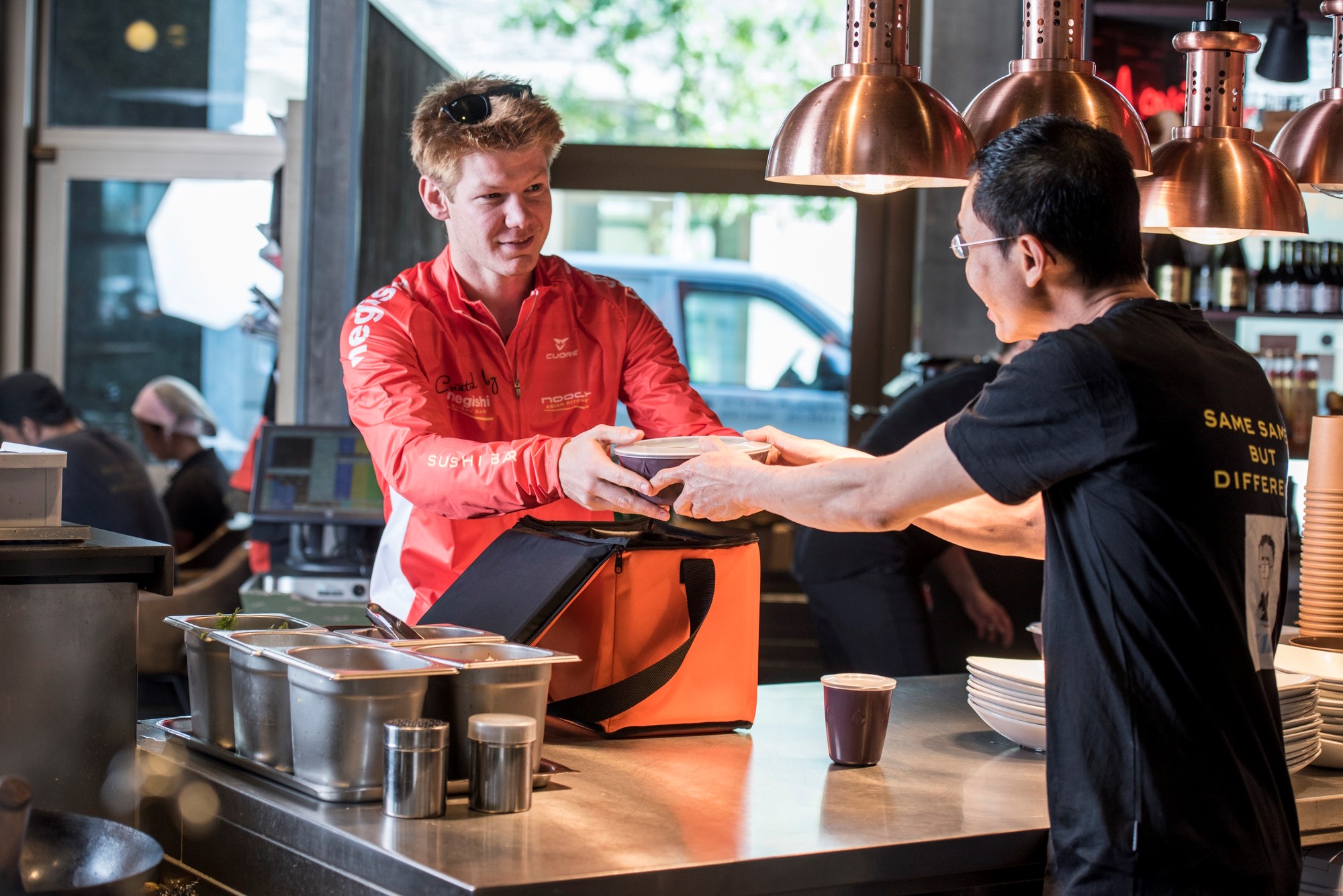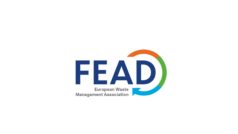The cost-benefit analysis, “The economics of reuse systems – a study into what makes a financially viable reusable packaging system”, conducted by Searious Business, identified three key performance indicators in creating a financially healthy reuse system: return rates, number of average use cycles, and retention time.
Three open-loop packaging categories were investigated, using Spain, Italy, and Germany as archetype countries:
- Food containers for takeaway food (PP);
Secondary transport packaging (FIBC);
Beverage containers (PET bottles).
The economic viability was based on return on investment for a reuse systems provider and the accumulated costs of single-use plastic packaging versus reusable plastic packaging for a system user.
The study found that:
- Reusable takeaway food containers are cheaper for service users, and system providers achieve return on investment between years 3 and 4.
- In secondary transport packaging, results show that the return on investment for a system provider is achieved between years 2 and 3, and the user costs are similar.
- Reusable beverage containers are economically advantageous for the users, and the return on investment for system providers can be reached between years 5 and 6.
These results prove the business case for investing in reusable business models as a system provider, and that reuse will be profitable for all stakeholders in the longer term. Based on current regulatory developments in Europe, it is believed that the price for single-use packaging will increase, meaning reusable packaging will continue to gain economic advantage.
In providing more clarity on costs and benefits, this study intends to inform businesses and policymakers in future decision-making to confidently support reuse.






